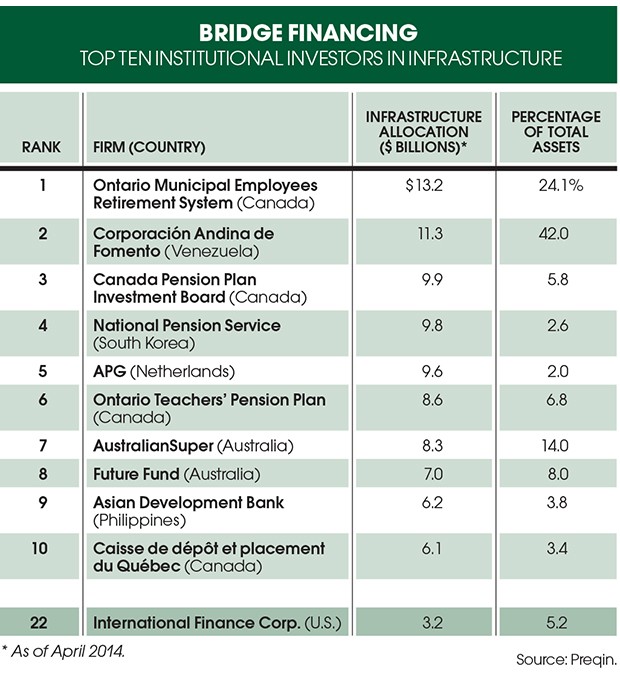Institutional Investors Are Making Real Assets a Portfolio Mainstay
Post on: 3 Май, 2015 No Comment

X
You must be a Registered User to print articles.
Register today for inside access to our thought-provoking coverage of the global financial markets!
Already Registered?
As institutional investors struggle to balance long-term objectives with short-term market moves, one identifiable trend has been a gradual but clear shift toward bringing more exposure to real assets — such as real estate. infrastructure, timber and farmland — into their portfolios. This migration of assets represents a significant shift among many pension funds. sovereign wealth funds and endowments and foundations. In our view at J.P. Morgan Asset Management, fund managers’ newfound realization of the potential of real assets is one of the institutional investment community’s most striking themes of the decade to date.
This change in strategy is challenging the traditional foundation of equities and bonds within pension fund and private investor portfolios. Fixed-income assets offer meager yields and increasingly bear comparably higher interest rate and duration risk. As for equities, their upside potential remains constrained in many markets by modest economic growth, full pricing and heightened volatility.
In a series of research papers published in 2012–’14, we have projected that institutional investors may well be investing up to 25 percent of their portfolios in real assets over the next several years, up from current ratios of 5 to 10 percent.
Research has shown that increasing exposure to a range of real assets by as little as 5 percent can have a significant impact on a portfolio by reducing volatility and potentially increasing returns. Real assets can generate yields that are competitive with other fixed-income alternatives and exhibit long-term stability. Also, for many investors, an attraction of real assets is their protection against inflation. Given the low yields on government and corporate bonds, fixed-income assets are particularly vulnerable to inflation. Rising rates in some developed countries — coupled with diminished equity returns going forward (projected to be less than 7 percent in developed markets*) — have investors taking a closer look at nontraditional asset classes.

Investing in real assets means that investors will need to become comfortable with the less liquid nature of these asset classes. This illiquidity often translates into a return premium, however. In addition, given the local nature of real assets, different real asset categories generally have low correlations both with the public financial markets and with one another and have the ability to match up well with the long-term liabilities of many institutional portfolios.
As institutional investors embrace greater allocations to real assets, there is a corresponding opportunity for greater diversification. Many investors start their real assets investing with home country, core real estate. But that is also where many investors stop. We believe there are additional opportunities that can enhance risk-adjusted returns and add meaningful diversification. For example, nondomestic real estate and infrastructure in other developed and developing markets not only have a low correlation to stocks and bonds but also demonstrate low correlations to one another — a concept we refer to as “diversification benefits within diversification benefits.” Investors who have focused their real asset investing domestically may benefit from considering a more global approach across different real asset categories and geographies. Our analysis shows that such a diversified approach can help mitigate the risks associated with real asset investing in various markets.
Although headlines around some real assets, such as core real estate in major cities, imply a fairly to fully priced market, there are relative value opportunities across other real asset class segments. For example, we see significant opportunity in Europe as more distressed properties become available from banks and undercapitalized owners. At the same time, there are interesting opportunities across infrastructure, particularly in the U.S. but also in emerging markets that are increasingly looking for private capital to fund infrastructure projects to provide services to their urbanizing and increasingly middle-class populations.
The real assets category is fast coming into its own as a foundation asset class. As these investments transition from being considered alternative to being considered more traditional, we can expect to see the early movers among the institutional investment community rewarded for being at the vanguard of this structural shift.
Bernie McNamara is an executive director in global real assets at J.P. Morgan Asset Management in New York.














